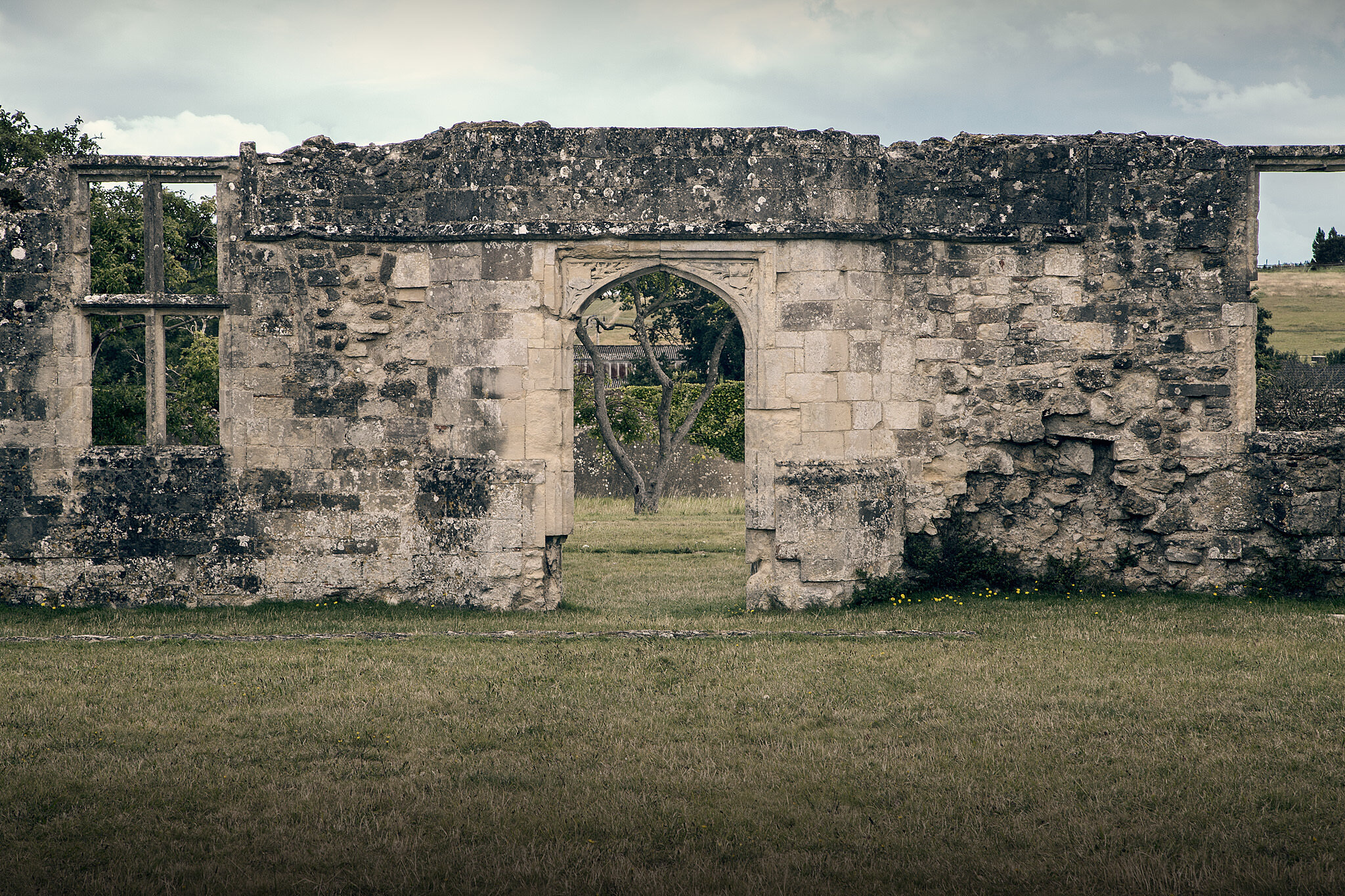Titchfield Abbey, South East England


Titchfield Abbey was founded in 1232 by Peter des Roches, who was the Bishop of Winchester. He invited a group of Premonstratensian Canons from the Abbey of Halesowen, near Birmingham, to establish a new monastery at Titchfield. This was the last Premonstratensian monastery to be founded in England.
The Premonstratensian order was originally founded at Laon in France, in 1120, by St. Norbert. The Canons followed the Rule of St. Augustine, becoming known as White Canons because they wore white unbleached robes. Their Abbeys were organised along Cistercian lines, with the role of the Canons primarily being to offer prayers in the church, while the laybrothers carried out the more practical tasks of running the Abbey and managing its estates.
The number of Canons at Titchfield varied between 13 and 18, however nothing is known of the number of laybrothers but their number normally exceeded the number of Canons. The Abbey owned extensive lands throughout Hampshire, which were granted to them by a number of benefactors.
At the time of the Dissolution of the Monasteries, the Abbey owned 14 Manors, which included 10,400 acres of land. In 1445, the marriage of Henry VI and Margaret of Anjou was conducted in the Abbey church, by Bishop Ayscough of Salisbury. On the 18th of December 1537, the Abbey was handed over to the Commissioners of Henry VIII, the Canons were then given pensions and expelled from the Abbey. After it’s suppression, the Abbey was given to Thomas Wriothesley, who later became Earl of Southampton. He played a key part in the Dissolution of the Monasteries, and was given monastic lands totally 5000 acres in return. Wriothesley built a Tudor mansion at Titchfield, which included parts of the Abbey in its construction. The ruins we see today are the remains of this amalgamation of Abbey and Mansion.


